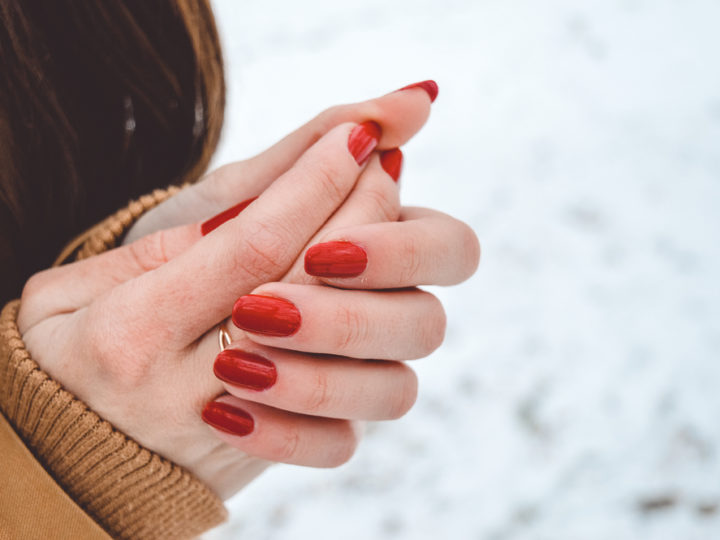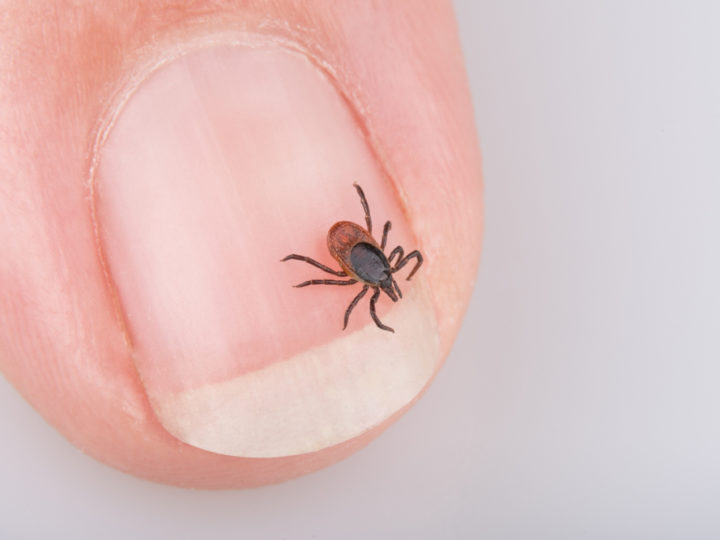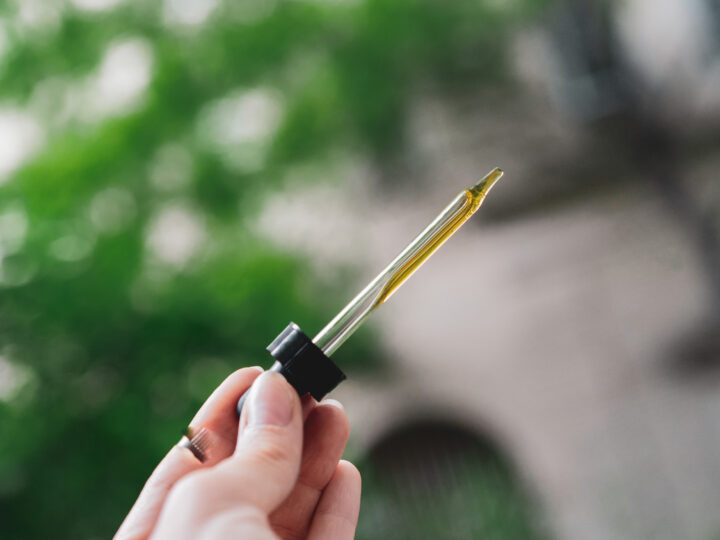Eastern Medicine 101
A Breakdown For Westerners
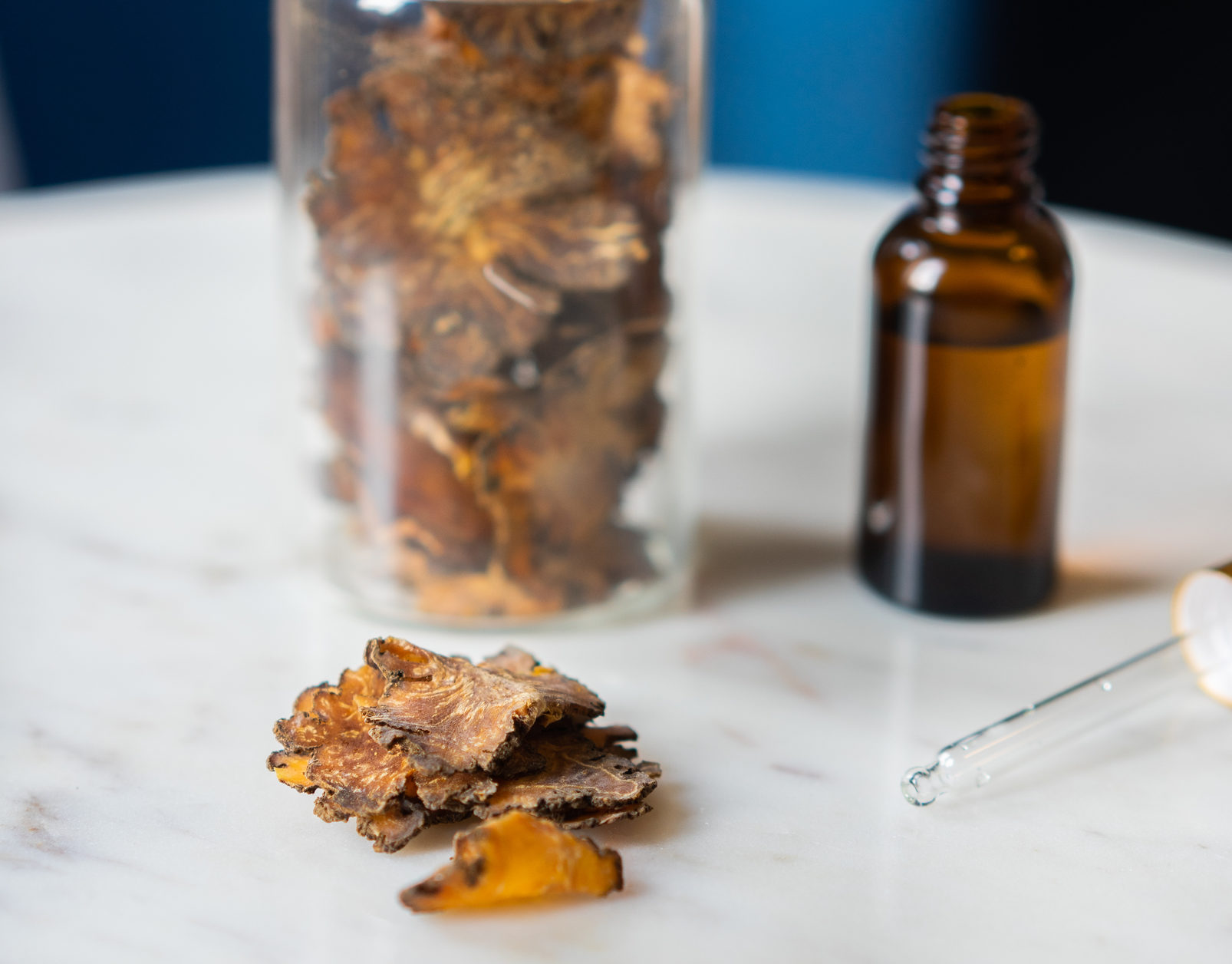
How many times each year do you see your doctor? Growing up, you probably visited at least once each year before school to update those vaccinations and get a wellness check. Otherwise, you probably only saw your doctor after falling ill.
While this is a standard method of addressing health for many Western people, it looks very different for those who follow the practice of Eastern Medicine. As these practices become more prominent in the Western world, it’s important to understand the relationship between Western medicine and Eastern Medicine.
Differences Between Eastern Medicine and Modern Medicine
While both practices are designed to care for the health and wellbeing of human beings, there are a number of differences in their methods of approach. Here’s an outline of three of the key variances between these two medical practices; how the body is viewed, takes on prevention and cures, and treatment options.
View of the Body
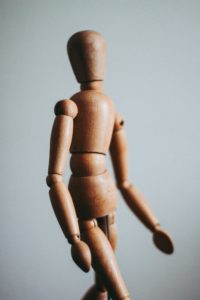 In Traditional Chinese Medicine (TCM), it is believed that all parts of the body are affected and surrounded by qi, or energy. This qi must maintain a balance between yin and yang energies. Yin and yang are two equally important and powerful forces, yet opposite in their characteristics. Even the organs are associated with either yin or yang and must operate in harmony with their partners to keep the body healthy. When treating imbalances through acupuncture or acupressure massage, the energy is rebalanced through stimulation of key points along the meridian channels, the network through which qi flows
In Traditional Chinese Medicine (TCM), it is believed that all parts of the body are affected and surrounded by qi, or energy. This qi must maintain a balance between yin and yang energies. Yin and yang are two equally important and powerful forces, yet opposite in their characteristics. Even the organs are associated with either yin or yang and must operate in harmony with their partners to keep the body healthy. When treating imbalances through acupuncture or acupressure massage, the energy is rebalanced through stimulation of key points along the meridian channels, the network through which qi flows
While modern medicine’s view of the body isn’t quite as complex, it does orient around a similar sense of conditional responses and effects. There are different operating systems of the body, such as the respiratory system, nervous system, circulatory system, immune system, and many others that describe the functions of various organs and fluids that make up each one. Each organ has specific responsibilities to keep things running smoothly, though they aren’t viewed as being energy-centric. Instead of working with qi, meridians, yin and yang, Western medical doctors are looking at your bloodwork, cells, x-rays, and blood pressure to understand the body.
How Sickness Occurs
Eastern Medicine practitioners believe that an imbalance of energy in the body can cause various diseases and conditions. Another way to fall ill is from the influence of external pathogens or external factors, like the weather, that manage to pass the body’s defenses due to blockages or imbalances within the body.
Even beyond these instances, the type of illness can be defined in several different ways. Diseases might be classified as ‘wind’, ‘heat’, or due to a ‘yin/yang deficiency’, among others. Though the issue might be in a specific organ, the treatment plan will look different depending on the factors noted as part of the cause.
In modern medicine, the causes behind illness are varied and in many cases cannot be answered. Several diseases like autoimmune, some cancers, mental health, and other organ-specific issues are often credited to genetic predisposition or mutation of genes over time. Other issues like colds and flus are said to be transmitted between people due to the spread of bacteria containing the viruses, typically through the air.
Prevention vs. Cures
Many researchers have concluded that one of the biggest differences between TCM and modern medicine is the philosophy behind why and when they treat patients. In modern medicine, patients are primarily seen when they are sick, in the hopes of finding a cure. Under the TCM school of thought, patients should be treated before they are sick, in the hopes of preventing illness.
This philosophy trickles down into several facets of the care being given. Patients will likely see their TCM practitioner more frequently throughout the year than their medical doctor. This is so that the TCM practitioner can continually make adjustments to their daily living to account for internal and external changes. Whereas with modern medicine, we typically don’t return to the doctor unless symptoms worsen or a new issue arises.
Treatment Options
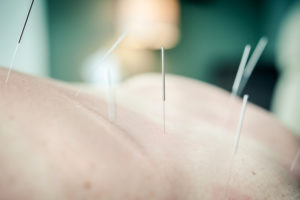 In Western Medicine, a doctor will examine their patient and through a series of questioning and tests narrow down potential diagnoses until they arrive at a conclusion. From there, based on the disease, they can suggest treatment options. In modern medicine, these treatments typically include medication, surgery, physical therapy, or some combination of the three.
In Western Medicine, a doctor will examine their patient and through a series of questioning and tests narrow down potential diagnoses until they arrive at a conclusion. From there, based on the disease, they can suggest treatment options. In modern medicine, these treatments typically include medication, surgery, physical therapy, or some combination of the three.
In TCM, once the practitioner lands on their diagnosis the treatment options available are very different. Depending on the disease, options can include acupuncture, herbal remedies, massage, reflexology, cupping, diet adjustments, and lifestyle changes, among others. It’s rare that simply one of these options will be used, as all prescribed treatments are tailor-made with all aspects of the patient’s life in mind.
Similarities Between TCM and Modern Medicine
As time goes on and more Western research is performed on TCM practices, more similarities between the two processes have come to light. These similarities include the process of diagnosis, some herbal remedies, and causes of specific medical conditions.
The Diagnosis Process
Believe it or not, the processes of diagnosis in Eastern Medicine and Western Medicine actually contains some foundational similarities. Both branches use visual examination of the patient to determine abnormalities. This could include quality of the skin, hair, and nails, or the way a patient is walking or breathing. Sound and smell also are factors that can come into play for both schools of thought. The sound of a cough or the patient’s voice can provide clues to the underlying issue. Smells of the breath can also identify certain conditions, such as ketoacidosis.
Both TCM and modern medicine also use a series of questions about a patient’s experience, pain level, and lifestyle when determining diagnosis. And it’s here that they tend to veer off. Western medicine often focuses on gathering information on genetic history of the family along with a few lifestyle choices such as intake of alcohol, drugs, and level of exercise. Other questions tend to only be asked further down the line after other tests. In TCM, the initial questioning and examination often takes up to an hour. Many questions about mental health, relationships, diet, work, and hobbies could be asked. Additionally, the practitioner will check out the patient’s tongue, pulse, and walk.
Same Result, Different Explanations
In some situations, both TCM and modern medicine will arrive at similar diagnoses and results while having slightly different explanations for the cause. For example, in TCM the Kidney is viewed as the source of youth, energy, and spirit. When a person is lacking in these qualities it’s said to be due to a Kidney deficiency. In modern medicine, however, this would likely be explained as simply a symptom of aging. Another example is the TCM term “heart qi deficiency”, which is similar to the meaning of heart failure in modern medicine.
Herbal Solutions
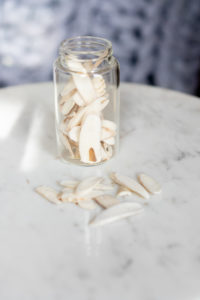 While herbs are a main focus of Eastern medicine, Western physicians and practitioners are also starting to use herbs as well. After all, it’s how many prescription treatments arose to begin with. The datura flower, for example, has found its way into both practices. Those suffering from abdominal pain, epilepsy, or coughs might be treated with it in TCM, along with being used as a natural anesthetic. While in Western medicine it’s been used to treat tremor palsy, gallbladder disease, kidney disease, and intestinal cramps.
While herbs are a main focus of Eastern medicine, Western physicians and practitioners are also starting to use herbs as well. After all, it’s how many prescription treatments arose to begin with. The datura flower, for example, has found its way into both practices. Those suffering from abdominal pain, epilepsy, or coughs might be treated with it in TCM, along with being used as a natural anesthetic. While in Western medicine it’s been used to treat tremor palsy, gallbladder disease, kidney disease, and intestinal cramps.
One of the most impressive crossovers from TCM to modern medicine is artemisinin. This herbal remedy has been proven to have incredibly strong antimalarial effects, saving many lives when given as treatment to Malaria patients. Some say that this discovery introduced an entirely new wave of treatments for this disease.
Can I Use Both?
Currently, China is the only country that uses both Traditional Chinese Medicine and modern medicine within the same health care system. They’ve made strides to showcase the benefits of integrating their healthcare in an attempt to encourage other countries to adopt the practice. Most TCM and modern medical professionals would agree that engaging in TCM care doesn’t mean you should completely turn your back on modern medicine.
Rather than an either-or situation, it’s best to harness the power of both practices for best results. TCM is an excellent option for preventative care and treatment of certain conditions, but cannot always replace effects of modern medical treatments. One philosophy to keep in mind is the idea of prevention over cures. With the consistent rise in costs to treat disease in modern medicine, TCM is a viable option to help folks avoid these fees by maintaining preventative care.
Your TCM practitioner can partner with you and your modern medical doctor to create a plan that best suits your needs. Together, all bases of prevention and cures can be covered to keep you in tip-top shape.

[mc4wp_form id=”2347″]
Newer
Why Traditional Chinese Medicine is Actually Very Modern
Older
All-Natural Chinese Remedies for Common Childhood Ailments
Comments (0)
Leave a reply
You must be logged in to post a comment.


